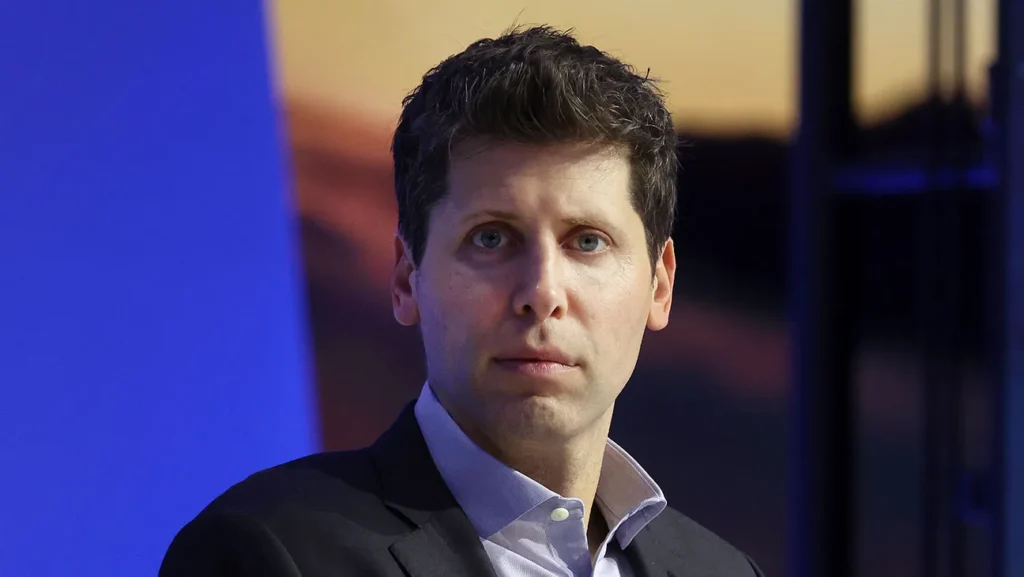
November 18, 2023 The unexpected removal of Sam Altman as CEO of OpenAI has raised eyebrows and prompted speculation about the future of the renowned non-profit research company dedicated to artificial intelligence. This article delves into the reasons behind Altman’s ouster, the impact on OpenAI’s technology, and the response from Microsoft CEO Satya Nadella.
Surprise Ouster and Reasons Behind Sam Altman’s Departure
In a surprising move, OpenAI’s board of directors ousted CEO Sam Altman, pointing to a perceived lack of transparency in Altman’s communications as the primary reason for his departure. Altman, a co-founder of OpenAI in 2015, faced mounting scrutiny for his handling of a potential security flaw in ChatGPT, the company’s widely used chatbot.
Security Concerns and Microsoft’s Role
Microsoft, a major investor in OpenAI, took measures in November 2023 to address security concerns related to ChatGPT. The tech giant restricted access to the chatbot and later endorsed OpenAI’s decision to freeze new ChatGPT signups. These actions fueled concerns within the tech community regarding the safety of OpenAI’s technology.
Leadership Transition and Microsoft CEO Satya Nadella’s Response
In response to Altman’s departure, the board appointed Mira Murati, OpenAI’s chief technology officer, as interim CEO. Microsoft CEO Satya Nadella swiftly expressed confidence in OpenAI’s leadership and reaffirmed Microsoft’s unwavering commitment to supporting the organization’s mission in developing safe and beneficial AI technologies.
Speculation and Questions Surrounding Altman’s Ouster
While the official reason for Altman’s ouster is attributed to a lack of transparency, underlying factors include speculation about internal disagreements over AI safety and Altman’s handling of the potential ChatGPT security flaw. These factors have contributed to the uncertainty surrounding the circumstances of Altman’s departure.
Uncertainty and Future Challenges for OpenAI
Altman’s exit places OpenAI at a crossroads, requiring strategic decisions to address security concerns related to ChatGPT, rebuild trust within the AI community, and navigate the transition to new leadership. The company faces growing competition and increased regulatory pressure to ensure the ethical use of its technology.
OpenAI’s Continuing Impact
Despite these challenges, OpenAI remains a pioneering force in AI research, continuing to attract significant attention and investment. With Microsoft’s ongoing support and a renewed focus on transparency and safety, OpenAI has the potential to overcome current hurdles and emerge stronger.
Conclusion
In conclusion, the surprise ouster of Sam Altman as OpenAI’s CEO has instigated a period of uncertainty for the organization. Navigating challenges in both technology and leadership, OpenAI’s future hinges on its ability to address security concerns, rebuild trust, and leverage the support of Microsoft. The coming months will be pivotal in determining OpenAI’s trajectory in the dynamic landscape of artificial intelligence.
Table of Contents
FAQs
- Why was Sam Altman ousted as OpenAI’s CEO?
- Sam Altman was removed due to a perceived lack of transparency in his communications, according to OpenAI’s board of directors.
- What role did Microsoft play in Altman’s departure?
- Microsoft, a major investor in OpenAI, expressed confidence in the organization’s leadership and reaffirmed its commitment to supporting OpenAI’s mission.
- Who is serving as OpenAI’s interim CEO?
- Mira Murati, OpenAI’s chief technology officer, has been appointed as interim CEO following Altman’s departure.
- What challenges does OpenAI face in the aftermath of Altman’s exit?
- OpenAI confronts challenges in technology and leadership, including addressing security concerns related to ChatGPT and rebuilding trust within the AI community.
- Can OpenAI overcome its current challenges and remain a leader in AI research?
- With Microsoft’s continued support, a focus on transparency, and dedication to safety, OpenAI has the potential to overcome challenges and maintain its position as a leading force in AI research.